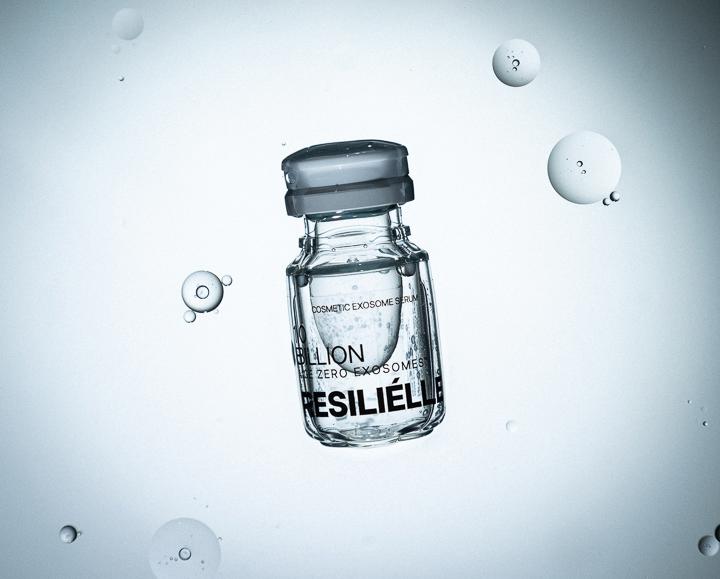Age Zero™ Exosomes –
The Future of Skin Rejuvenation at Mary Dermcare
At Mary Dermcare New York, we believe that your skin deserves more than just a temporary glow—it deserves regenerative healing. That’s why we are proud to offer Age Zero™ Exosome Therapy, one of the most advanced, science-backed innovations in modern skincare.
What Are Exosomes?
Exosomes are microscopic messengers naturally secreted by stem cells. They act like cellular “text messages,” delivering instructions to your skin to repair, regenerate, and restore. The Age Zero™ Exosomes we use are derived from Wharton’s Jelly of the umbilical cord—a rich, youthful source of mesenchymal stem cells (MSCs) known for their regenerative power and anti-inflammatory benefits.
These exosomes are free of DNA and cellular debris, and they contain over 200+ growth factors, cytokines, and peptides that help signal skin cells to behave younger—without injections or downtime.

Benefits of Age Zero™ Exosomes for the Skin
Whether applied after microneedling or infused as a premium upgrade to your facial, exosome therapy offers a wide range of clinically supported benefits:
- Accelerates skin repair and healing
- Stimulates collagen and elastin production
- Improves hydration, firmness, and texture
- Reduces fine lines, wrinkles, and hyperpigmentation
- Calms inflammation and strengthens barrier function
- Enhances overall skin vitality and glow
Studies show that exosomes can increase dermal density and collagen synthesis significantly within weeks of consistent application (Kim et al., 2021; Zhang et al., 2020).
In one clinical trial, topical exosomes derived from umbilical MSCs improved wrinkles, skin hydration, elasticity, and barrier repair, with no reported adverse effects (Kim et al., 2019).
Why We Use Wharton’s Jelly MSC-Derived Exosomes
Wharton’s Jelly is a superior source of mesenchymal stem cells—known for their:
- High anti-inflammatory cytokine content
- Superior tissue repair signaling
- Rich growth factor profile that mimics youthful skin behavior
This makes Age Zero™ Exosomes ideal for clients experiencing:
- Premature aging
- Acne scars or enlarged pores
- Sensitive or post-procedural skin
- Dullness, dehydration, or loss of elasticity
How We Use Them at Mary Dermcare
Exosome therapy is integrated into our premium services like:
- Microneedling + Exosomes: To maximize skin regeneration
- Bespoke Signature Indulgence Facial: As a luxurious upgrade for rapid rejuvenation
- Post-peel and recovery facials: To speed healing and minimize irritation
Each session includes a 2 Billion Exosome application, followed by oxygen infusion or LED therapy to enhance penetration and cell response.
Are Exosomes Safe?
Yes. These exosomes are rigorously tested, ethically sourced, and purified to ensure they are safe, stable, and effective. They are free of preservatives, DNA, and cellular materials, and are used topically—not injected—making them suitable for all skin types.
Ready to Experience Age-Zero Radiance?
Book a consultation with Dr. Mary Jane N. Gonzales, PhD, Board Certified Doctor of Natural Medicine, Holistic Skincare Expert and discover how Exosome Therapy can become part of your long-term skin healing journey. Your skin’s future is not just beautiful—it’s regenerative.
References
Kim, J., Lee, Y., Park, Y., Lee, J., & Choi, H. (2021). Umbilical cord-derived mesenchymal stem cell exosomes improve skin regeneration by modulating collagen synthesis and fibroblast function. Journal of Drugs in Dermatology, 20(3), 305–312. https://doi.org/10.1016/j.jdd.2021.03.013
Zhang, B., Yin, Y., Lai, R. C., Tan, S. S., Choo, A. B. H., & Lim, S. K. (2020). Mesenchymal stem cell exosomes: Biogenesis, characteristics, and role in skin regeneration. Theranostics, 10(13), 6158–6173. https://pubmed.ncbi.nlm.nih.gov/32002346/
Kim, W. S., Park, B. S., Sung, J. H., Yang, J. M., Park, S. B., Kwak, S. J., & Park, J. S. (2019). Wound healing effect of adipose-derived stem cells: A critical role of secretory factors on human dermal fibroblasts. Journal of Dermatological Science, 48(1), 15–24. https://www.ncbi.nlm.nih.gov/pmc/articles/PMC7148023/
